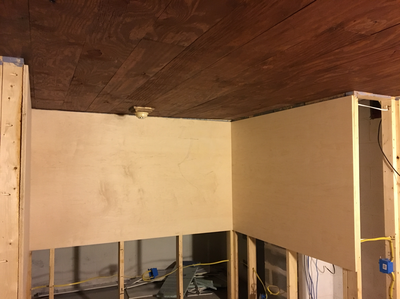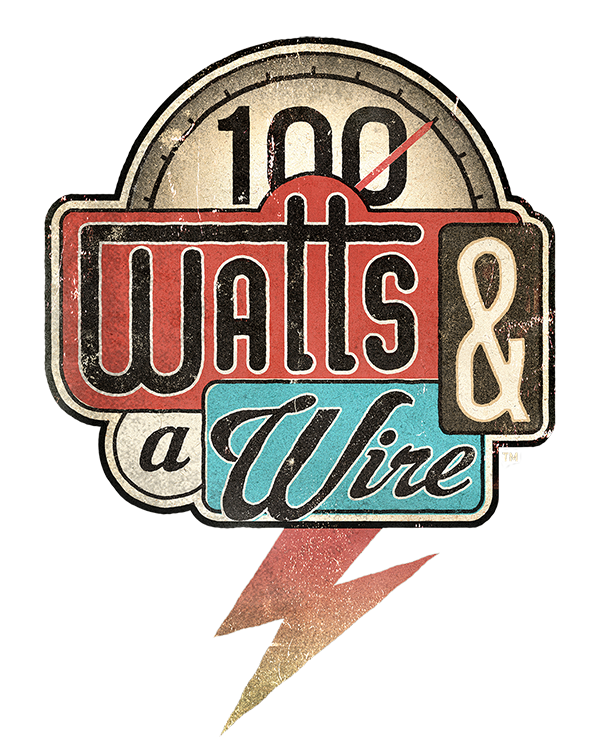If you follow me on Instagram or Twitter (and I recommend you do - check out the links at the top of the sidebar!) you got to see some pictures of the next phase of things that I just wrapped up.
|
With the amount of time I am planning on spending in my basement ham shack, I figured I better deal with it! For many reasons, we often recommend that ham shacks be in the basement, but we never talk about making sure the basement is a safe place! I STRONGLY urge you to test the radon levels in your basement, especially if that is where your shack is, or if you spend any significant amount of time down there!
|
|
In my opinion, the most tedious part of the suction points was excavating out the stuff from under the slab, to make the air pocket big enough. I found that a combination of a hand trowel and my big shop vac was just the trick for this. Scrape Scrape Suck, Repeat.
I think the most unique thing about my install however, was dealing with the section of the pipe that needed to be exposed. Because of ceiling heights etc. there are some things in the shack that will be exposed conduit and pipe. This can actually be a neat look, so I'm just going with it. With that thought in mind however, white plastic pipe doesn't quite fit the bill as "looking neat" so here's what I did for the section that would be exposed:
With a beautiful view in the background, I started spray painting! In keeping with the look I was after, I used black paint with a textured finished. The goal was to have it still look like a pipe, just not a cheap plastic one! I have used the Rust-Oleum "Hammered" paint in the past, so I knew it would give me the texture I was after.
After 2 coats of paint I pulled the tape off the ends, and had this fancy looking thing standing in my back yard for a couple hours to dry:
Once the paint was dry enough to handle, this last section of pipe got put in place, so now instead of a cheap looking white pipe going through my shack, I have something that "looks the part" just a little bit better:
With the last section of pipe in place, I finished up my afternoon by putting pipe straps and hangers in place, and sealing up the holes around the suction points. All that's left to do is to install the new Radon fan in the pipe outside the house, do a fresh radon test to check the new levels, and I should have a radioactive-free space, to be radio-active.








 RSS Feed
RSS Feed



